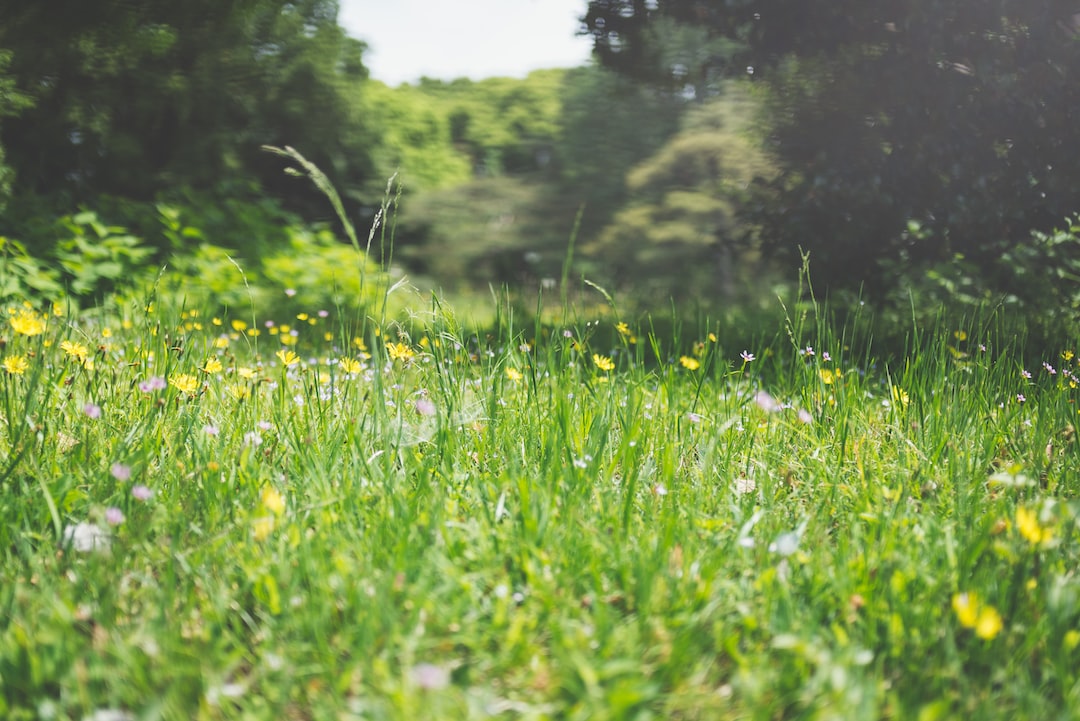Gardening with Kids: Fun and Educational Activities for Little Green Thumbs
Introducing children to the wonders of gardening can be a rewarding and educational experience for both parents and kids. Not only does it provide quality time spent outdoors, but it also encourages children to learn about the environment, where food comes from, and the importance of nurturing living things. Here are some fun and educational activities to get your little green thumbs excited about gardening:
1. Planting a Seed: Start with a simple activity that will capture your child’s imagination. Get some seeds, soil, and a small pot, and have them plant their own flowers or vegetables. Allow them to choose what they want to grow and take responsibility for their plant’s care. This hands-on approach will foster a sense of ownership and pride in their gardening endeavors.
2. Observing Growth: Once the seeds are planted, set up a daily observation routine. Encourage your child to observe and document the changes that occur in their plants over time. This activity will teach them about the life cycle, how plants grow, and the importance of patience and consistency in caring for living things.
3. Building a Compost Bin: Teach your child about recycling and sustainability by creating a compost bin together. Explain how food scraps and yard waste can be used to create nutrient-rich soil for the garden. This hands-on experience will not only educate them about environmental conservation but also show them the impact their actions can have on the planet.
4. Identifying Insects: Turn your garden into a mini wildlife sanctuary. Teach your child about the importance of insects in the ecosystem and their role in pollination. Spend time together observing and identifying different insects. Invest in a bug identification book or use online resources to learn about the fascinating world of bugs.
5. Creating a Garden Journal: Encourage your child to keep a garden journal to record their experiences, observations, and achievements. This activity promotes literacy skills and allows them to reflect on their gardening journey. They can also use this journal to plan future gardening projects, track plant growth, and learn from their successes and failures.
6. Harvesting and Cooking: As the plants grow and begin to bear fruit, involve your child in the harvest and culinary process. Let them help with picking vegetables or herbs and then use them to create delicious meals together. This activity instills a sense of pride and accomplishment and teaches children about the value of fresh, homegrown produce.
In conclusion, gardening with kids is an enjoyable and educational experience that fosters a love for nature and a sense of responsibility towards the environment. By engaging in activities such as planting seeds, observing growth, building a compost bin, identifying insects, creating a garden journal, and harvesting and cooking fresh produce, children can develop essential life skills and gain a deeper understanding of the natural world. So, grab your gardening tools and get ready for an adventure that your little green thumbs will cherish for a lifetime.

